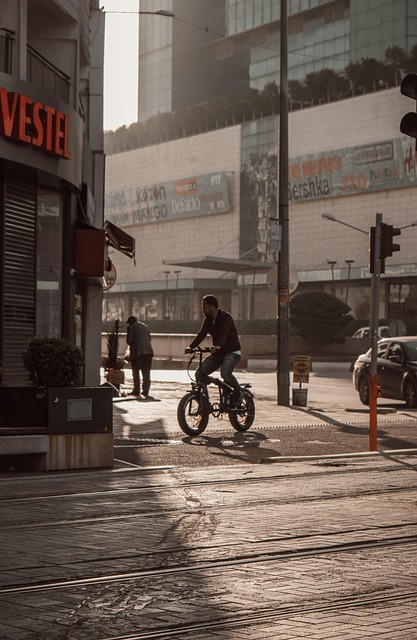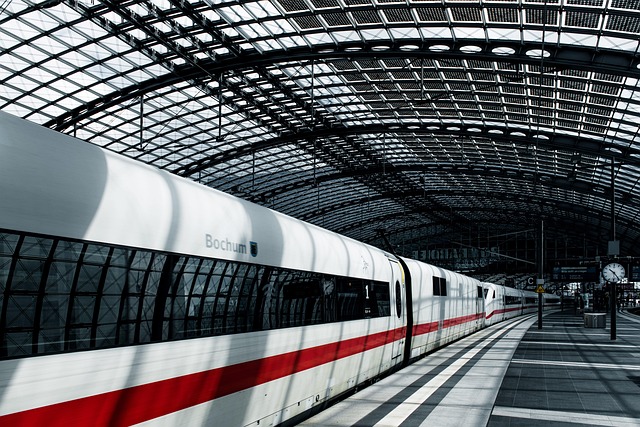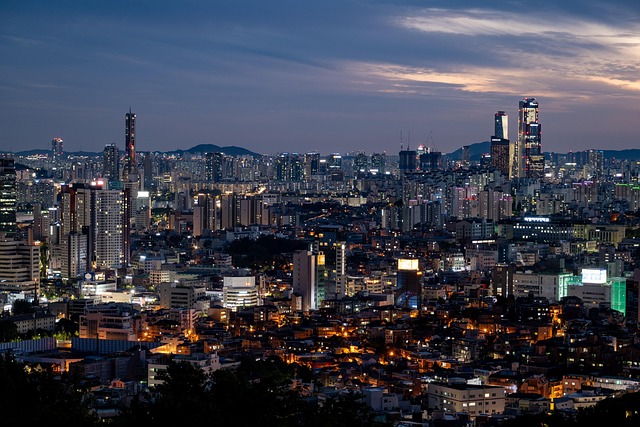
Dalmia Road, a historic 10-km arterial in Karachi, Pakistan's financial hub, connects diverse neighborhoods and industrial zones, reflecting the city's vibrant tapestry. Despite its strategic role in facilitating local movement, it faces significant traffic congestion during peak hours due to rapid urbanization and inadequate public transportation options. Ongoing infrastructure upgrades, including wider lanes, new traffic signals, cyclist lanes, and pedestrian walkways, aim to enhance connectivity, reduce congestion, and foster economic growth along Dalmia Road, transforming Karachi's urban landscape for residents and tourists alike.
Dalmia Road, a vital artery in Pakistan’s bustling metropolis of Karachi, is more than just a street; it’s a historical gateway that has witnessed the city’s growth and evolution. This article delves into the multifaceted aspects of Dalmia Road access, exploring its geographical setting, historical journey, current transportation woes, and future prospects to enhance connectivity within Karachi’s heart. From ancient trade routes to modern traffic congestion, we unravel the story of a road that deserves better.
- Understanding Dalmia Road in Karachi: A Geographical Overview
- Historical Significance and Evolution of Access Routes
- Current Transportation Infrastructure and Challenges
- Planning for Improved Access: Initiatives and Projects
- Future Prospects: Enhancing Connectivity in Karachi's Heart
Understanding Dalmia Road in Karachi: A Geographical Overview

Dalmia Road, a significant arterial in Karachi, cuts through the heart of Pakistan’s largest metropolis. Geographically, it spans roughly 10 kilometers, connecting diverse neighborhoods and commercial hubs. The road is characterized by a mix of residential areas, bustling markets, and industrial zones, reflecting the city’s vibrant tapestry. Its strategic location makes Dalmia Road a vital link in Karachi’s transportation network, facilitating both local movement and access to key districts.
The area around Dalmia Road is known for its dense population and high land value, indicative of the city’s rapid urbanization. The road itself is often a hub of activity, with heavy traffic during peak hours, reflecting the constant ebb and flow of people and goods that define Karachi’s urban landscape. Understanding these geographical aspects is crucial in comprehending Dalmia Road’s role as a dynamic element within the larger fabric of Karachi.
Historical Significance and Evolution of Access Routes

Dalmia Road, a pivotal artery in Karachi, has witnessed a fascinating evolution alongside the city’s growth. Historically, access routes in this area were shaped by the region’s rich cultural and commercial heritage. The road’s origins can be traced back to the colonial era, reflecting the architectural and urban planning influences of that time. As Karachi developed into Pakistan’s financial hub, Dalmia Road became a crucial link, facilitating trade and transportation within the bustling metropolis.
Over the years, the access routes have adapted to meet the ever-changing demands of the city. The introduction of modern infrastructure, including bridges and flyovers, has streamlined traffic flow, making Dalmia Road a seamless part of Karachi’s transport network. This evolution underscores the dynamic nature of urban development in one of South Asia’s most vibrant cities.
Current Transportation Infrastructure and Challenges

Karachi, Pakistan’s bustling metropolis, faces unique transportation challenges due to its rapid urbanization and growing population. The current infrastructure includes a network of roads, buses, and an expanding metro system, but congestion remains a significant issue. Dalmia Road, a vital artery in the city, is no exception, often experiencing heavy traffic during peak hours. This problem is exacerbated by inadequate public transportation options along this route, making it a challenge for residents and commuters to navigate easily.
The challenges in Karachi’s transportation system include outdated infrastructure, insufficient maintenance, and a lack of integrated planning. Dalmia Road, despite its importance, lacks dedicated bus lanes or efficient public transport services, which could alleviate the traffic burden. Enhancing road access and improving transportation options are essential steps towards making Dalmia Road and the surrounding areas more livable and economically vibrant in the face of Karachi’s ever-growing demand.
Planning for Improved Access: Initiatives and Projects

In Karachi, the bustling metropolis of Pakistan, efforts to enhance Dalmia Road access have been a significant focus for urban planners and developers. The road, known for its strategic importance, has witnessed several initiatives aimed at improving traffic flow and overall accessibility. One notable project involves the expansion and upgradation of the road infrastructure to cater to the growing population and commercial activities in the area. This includes widening the existing lanes, adding new traffic signals, and improving street lighting, making it safer and more convenient for commuters.
Additionally, sustainable transportation solutions are being incorporated into these projects. Cyclists’ lanes and pedestrian walkways are being developed to encourage eco-friendly commuting options, reducing traffic congestion. These initiatives not only benefit residents but also tourists exploring the vibrant city. The improved access plans for Dalmia Road showcase Karachi’s commitment to smart urban development, ensuring better connectivity and a more efficient transportation network across the metropolis.
Future Prospects: Enhancing Connectivity in Karachi's Heart

Karachi, as Pakistan’s vibrant metropolis, is constantly evolving, and its infrastructure plays a pivotal role in shaping its future. Dalmia Road, a key artery, has significant potential to contribute to the city’s growth and connectivity. With ongoing urban development projects, the road’s enhancements will not only ease traffic congestion but also open up new possibilities for economic growth and improved access within Karachi.
The future prospects of enhanced connectivity through Dalmia Road can transform the heart of Karachi into a bustling hub. Better accessibility will encourage investment in nearby areas, fostering a vibrant business ecosystem. This strategic development will also benefit residents by providing efficient travel routes, streamlining transportation, and potentially revitalizing local communities.
Karachi’s Dalmia Road, with its rich history and complex transportation landscape, has undergone significant transformations. By addressing current challenges and implementing well-planned initiatives, the future prospects for improved access look promising. These efforts will not only enhance connectivity within Karachi but also contribute to the city’s overall development and efficiency in the years to come.






